Log in or create new account to save this product to your wishlist.

A Complete Guide to Hydrangea Care
Hydrangeas are beautiful, abundantly flowering garden plants that attract bees and a range of pollinating insects. Find out all about how to care for them like a pro!
🌱 All important maintenance moments for your lawn during the year. Leave your email and we will send you the lawn calendar for free.
Enter your email
Receive the lawn calendar in the mail
Enjoy a green lawn all year round!

- Order by 2PM = shipped today
- 250.000+ satisfied customers!
- 60 day satisfaction guarantee
Are you looking for a beautiful flowering plant that gives years of stunning blooms? Well, one of my favourite plants is the hydrangea. Known for its large, vibrant flowers, hydrangeas can be a striking addition to any garden.
- What are hydrangeas?
- Types of hydrangeas and their specific care needs
- Planting hydrangeas
- How to care for hydrangeas in different seasons
- Hydrangea winter care tips
- How to care for potted hydrangeas
- Care of Hydrangea macrophylla: a closer look
- Watering and fertilising: essential factors in caring for hydrangeas
- Pruning and shaping your hydrangeas for optimal growth
- Preventing and treating common hydrangea pests and diseases
- FAQs
- Mastering the art of hydrangea care for thriving plants
However, they can also be fussy, requiring specific care to ensure healthy growth. But fear not: the answers are all packed inside this comprehensive guide to fabulous hydrangeas! Indeed, caring for hydrangeas may seem intimidating at first, but with a little knowledge and practice, you can become a hydrangea guru in no time.
In this article, I’ll share my tips and techniques to help you master the care of hydrangeas so that you can enjoy these beautiful plants in your garden.
Ready to delve into the world of hydrangea care? Let’s begin by learning more about these fascinating plants and the different types of hydrangeas you can grow.
What are hydrangeas?
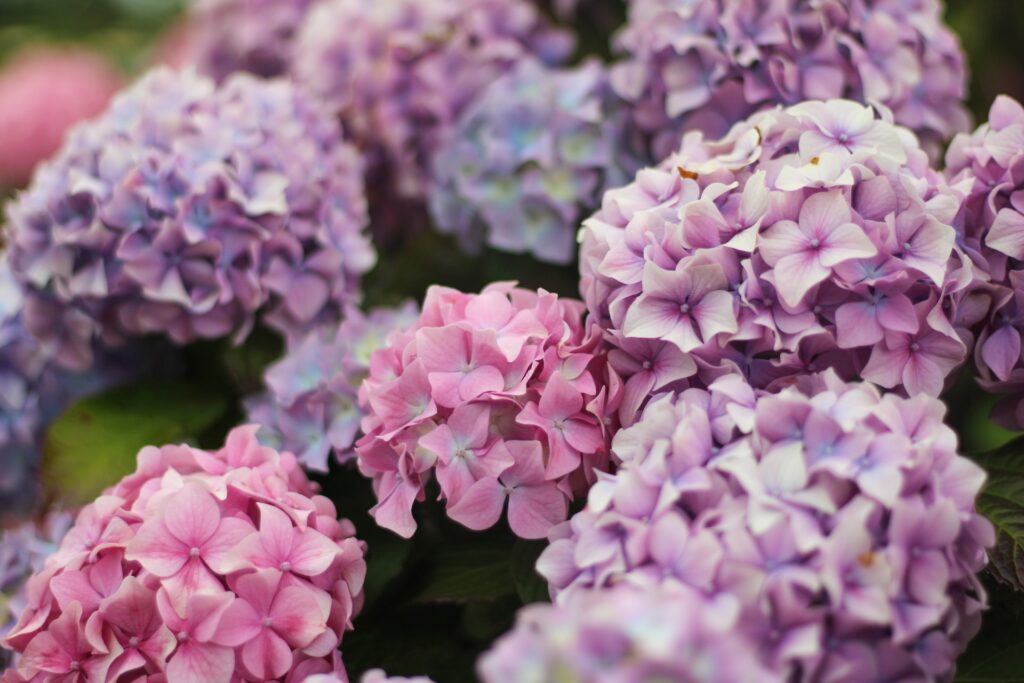
Hydrangeas are flowering plants native to Asia and the Americas, with over 70 species found worldwide. They’re known for their large, showy flowers that come in various colours, including pink, blue, white, and purple.
However, the fascinating thing about hydrangeas is that they change colour depending on the soil’s acidity, making these jolly plants an excellent yardstick indicating your garden soil’s health.
Hydrangeas have a unique structure, with their flowers growing in clusters on a single stem. The individual flowers are small but are surrounded by large, colourful bracts that give the plant its characteristic appearance. These bracts make hydrangeas so popular amongst gardeners and floral designers alike.
Types of hydrangeas and their specific care needs
There are several hydrangea varieties, each with unique characteristics and care requirements. Some of the most common hydrangea species include:
Hydrangea macrophylla
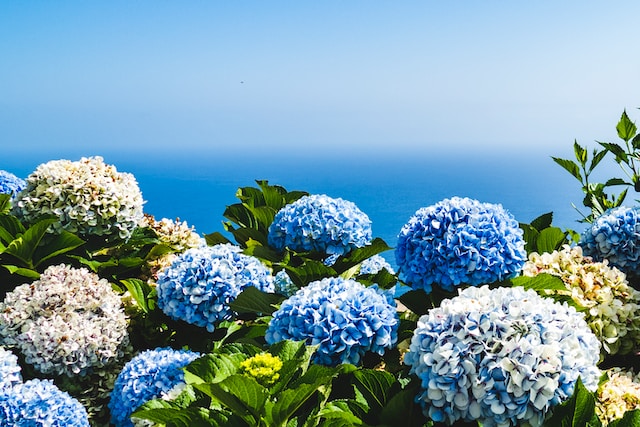
Also known as the bigleaf or mophead hydrangea, the macrophylla is the most popular type of hydrangea. They’re known for their large, round flower heads and come in various colours.
Because this is the most popular variety, we’ll explore their care in more detail later in the article.
Hydrangea arborescens
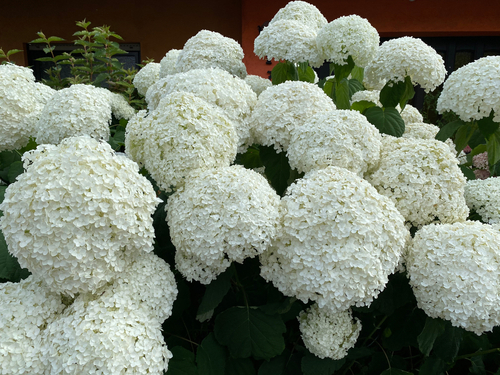
Also known as the bigleaf or mophead hydrangea, the macrophylla is the most popular type of hydrangea. They’re known for their large, round flower heads and come in various colours. Because this is the most popular variety, we’ll explore their care in more detail later in the article.
This variety is often referred to as the smooth hydrangea; the arborescens is native to North America and feature white, spherical flower heads. This type of hydrangea is more cold-tolerant than others and requires less maintenance.
Hydrangea paniculata
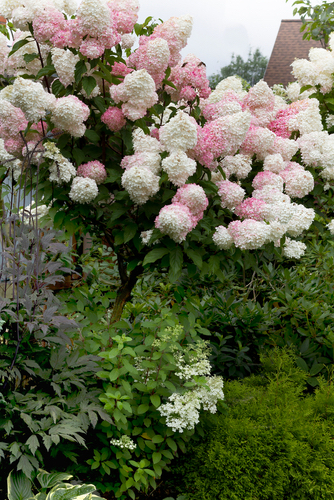
Also known as the panicle hydrangea, the paniculata produces large, cone-shaped flower clusters that range from white to pink. They’re more sun-tolerant than other hydrangea species and can be pruned to maintain a tree-like shape.
Hydrangea quercifolia

Often referred to as the oakleaf hydrangea, the quercifolia is so called for its large, oak-shaped leaves that change colour in the autumn. The flowers are white and cone-shaped, similar to panicle hydrangeas.
Understanding the specific care needs of your hydrangea type is crucial to ensuring its health and success in your garden. Now that we’ve covered the different types of hydrangeas let’s discuss the best practices for planting these beautiful plants.
Planting hydrangeas
When it comes to planting hydrangeas, there are a few key factors to consider:
Location
First, it’s essential to choose the correct location for your plants, ensuring a spot in your garden that provides the right balance of sun and shade for your hydrangea type. Hydrangeas generally prefer partial shade, although some varieties, such as the paniculata, can tolerate more sun.
Soil type
Consider the soil in your chosen location. Hydrangeas typically prefer well-drained soil with a slightly acidic pH.
You can test your soil’s pH using a simple test kit from your local garden centre. If needed, you can increase acidity with peat moss, sulfur, or aluminium sulfate.
Alternatively, plant your hydrangea in the vicinity of a pine tree. The fallen needles add high acidity, which isn’t brilliant for your lawn but fabulous for some flowering plants, such as hydrangeas and rhododendrons.
Planting space
When planting hydrangeas, dig a hole twice the width of the plant’s root ball and deep enough to allow the top of the root ball to sit level with the soil surface.
Place the hydrangea in the hole, then backfill with soil, gently pressing down to eliminate air pockets. Water the plant thoroughly to help establish its roots.
How to care for hydrangeas in different seasons
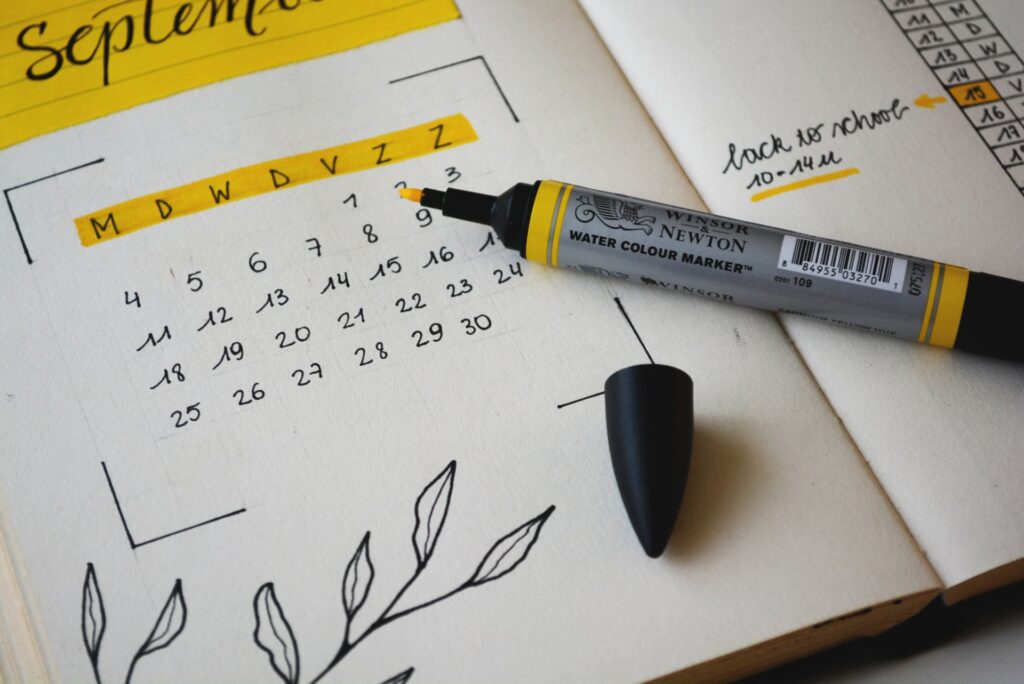
In the spring, it’s essential to prepare your hydrangeas for new growth by removing any dead or damaged stems and applying a slow-release fertiliser. Monitor your plants for diseases or pests, and treat them accordingly.
During the summer months, hydrangeas require consistent watering to prevent wilting, especially during hot weather. Water them to maintain moisture around the base of the plant. You may need to provide additional support for heavy blooms, using stakes or cages to prevent the stems from bending or breaking.
In the autumn, prepare your hydrangeas for the winter months. This includes reduced watering and applying a layer of mulch around the plant’s base to protect the roots from frost. Additionally, cut back dead or damaged stems, and pay close attention to your hydrangea type’s specific winter care needs, as some varieties may require more protection than others.
Hydrangea winter care tips
All hydrangea varieties require different winter care to survive the cold months and return strong in the spring. So, check the specific care instructions on the tag when you buy your plant.
However, here are some general hydrangea winter care tips applicable to all hydrangea varieties:
- Reduce watering in the autumn, allowing the soil to dry slightly between waterings.
- Apply mulch around the base of your hydrangeas to help insulate the roots from cold temperatures.
- For more tender hydrangea varieties, consider providing additional protection with burlap wraps or frost blankets.
How to care for potted hydrangeas
Caring for potted hydrangeas is slightly different from caring for those in the ground. Potted hydrangeas have limited access to soil nutrients and moisture, making it essential to monitor the soil closely. Here are some tips for how to care for potted hydrangeas:
- Choose a well-draining potting mix to prevent soggy roots.
- Ensure your pot has drainage holes. This will allow excess water to escape.
- Water your potted hydrangea regularly, keeping the soil consistently moist but not saturated.
- Fertilise your potted hydrangea with a slow-release fertiliser during the growing season, according to the package instructions.
- Prune your potted hydrangea to maintain its shape and encourage healthy growth.
Care of Hydrangea macrophylla: a closer look
As the most popular type of hydrangea, care of hydrangea macrophylla deserves special attention.
These stunning plants require specific care to achieve their beautiful, large blooms.
Some top tips for the care of hydrangea macrophylla:
- Water consistently, ensuring the soil remains moist but never saturated.
- Fertilise with a slow-release, balanced fertiliser in the spring and late summer.
- Prune after flowering, removing dead or damaged stems and shaping the plant as desired.
- Monitor for signs of pests or diseases and treat as needed.
- Provide winter protection if required, depending on the hardiness of your specific variety.
Watering and fertilising: essential factors in caring for hydrangeas
-
Iron Sulphate Lawn Fertiliser
Out of stock
14.99- Order by 2PM = shipped today
- 250.000+ satisfied customers!
- 60 day satisfaction guarantee
-
Lawn Lime
Out of stock
10.99- Order by 2PM = shipped today
- 250.000+ satisfied customers!
- 60 day satisfaction guarantee
-
Long Lasting Lawn Fertiliser
Out of stock
13.99- Order by 2PM = shipped today
- 250.000+ satisfied customers!
- 60 day satisfaction guarantee
Watering and fertilising are critical aspects of caring for hydrangeas, as they require consistent moisture and nutrients to thrive.
Remember:
Over-watering leads to root rot, while under-watering may cause wilting and reduced blooms.
Fertilising your hydrangeas is equally essential, providing the nutrients they need for healthy growth. Always use a slow-release, balanced fertiliser, applying it in the spring; then again in late summer, according to the package instructions.
However:
Don’t over-fertilise, as this can lead to excessive foliage growth at the expense of blooms.
Pruning and shaping your hydrangeas for optimal growth
Pruning and shaping your hydrangeas encourages healthy growth and abundant blooms.
The best time to prune depends on your plant type, as different varieties bloom on old or new wood.
For hydrangeas that bloom on old wood, such as Hydrangea macrophylla, prune after flowering, removing dead and damaged stems; shaping the plant as desired.
For hydrangeas that bloom on new wood, such as Hydrangea paniculata, prune in late winter or early spring before new growth begins.
When shaping your hydrangeas, consider the plant’s natural growth pattern and aim to maintain its raw form. Pruning too aggressively can lead to reduced blooms and stunted growth.
Instead, focus on removing dead or damaged stems and shaping the plant to encourage healthy growth.
Preventing and treating common hydrangea pests and diseases
Like all garden plants, pests and diseases can stun the growth of your hydrangea or even kill it. So, check out our top tips for preventing and treating common issues that may arise:
Powdery mildew

This fungal disease presents a white, powdery coating on the stems or leaves of the plant.
To prevent powdery mildew, ensure your hydrangeas have adequate airflow and avoid overhead watering. But if powdery mildew does occur, treat it with a fungicide according to the package instructions.
Check out our expert article about avoiding garden mildew conditions.
Aphids
These tiny insects can cause stunted growth and distorted leaves on your hydrangeas.
To prevent aphids, regularly inspect your plants for signs of infestation and treat them with insecticidal soap or neem oil if necessary, or introduce nematodes, which will kill off the infestation naturally and in no time.
Spider mites
These tiny critters cause yellowing and browning of the leaves and webbing on the plant.
To prevent spider mites, keep your hydrangeas well-watered and avoid over-fertilising. If spider mites do occur, treat them with a miticide according to the package instructions.
Chafer beetles
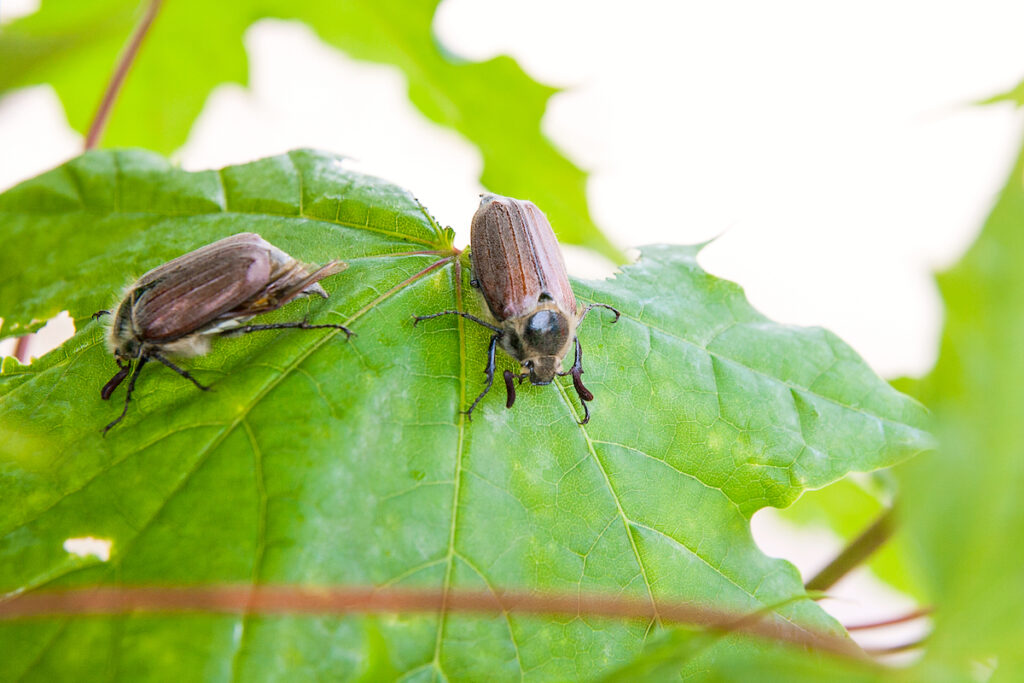
These pests can cause significant damage to hydrangeas, eating away at the leaves and flowers. They often grow in your lawn soil, feeding on the roots of your grass plants, which causes significant damage to your turf.
Once pupated, the chafer beetle emerges from underground and has a feast in your garden.
To prevent chafer beetles, use a physical barrier such as row covers or handpick the beetles off your plants. Treat the infestation with insecticidal soap or neem oil.
Check out our expert article about preventing and eradicating chafer grubs.
FAQs
It’s not necessary to deadhead hydrangeas, but it can help promote new growth & improve the overall appearance. Removing the spent blooms before they form seed heads to redirect the plant’s energy towards new growth and flowers rather than producing seeds. Deadhead in late summer or early autumn, after the blooms have faded and cut back to a pair of healthy leaves or flower buds.
For hydrangeas that bloom on old wood, such as bigleaf and oakleaf hydrangeas, prune after they finish blooming in the summer. For hydrangeas that bloom on new wood, such as panicle and smooth hydrangeas, prune in late winter or early spring before they start actively growing.
Hydrangeas need lots of organic material offering good drainage in fertile, well-draining soils. Most hydrangea plants bloom best in partial shade, but some will tolerate full shade or full sun, depending on your location.
Mastering the art of hydrangea care for thriving plants
Caring for hydrangeas may seem daunting at first, but with a bit of knowledge and practice, you can become a master of hydrangea care.
From planting to pruning, watering to fertilising, and preventing pests and diseases, understanding the specific needs of your hydrangea type is crucial to ensuring its health and success in your garden.
We hope you’ve got all the information you need for stunning hydrangeas, but if you have any questions, don’t hesitate to get in touch.
Thanks for reading!
-
Orchids: A Complete Guide on How to Care for ThemWant to give your orchid the best possible care? Discover essential tips from placement to watering and pruning. Learn everything you need to know!Read more
-
Growing Wisteria Made Simple: From Planting to Perfect BloomsWith blossoms like a purple waterfall, Wisteria sets an almost magical and colourful mood. If you want to grow this beauty in your garden, you’ll need a bit of patience. Don’t worry, it will most definitely pay off.Read more
-
How to Build a DIY Greenhouse: A Practical Guide for Smart SpendersImagine extending your growing season throughout the year, nurturing tender plants regardless of the weather, and creating a personal garden sanctuary. This is precisely what a DIY greenhouse offers you. Let’s learn how to build one.Read more
-
How to Grow Eucalyptus in British GardensWith a little love and care, eucalyptus trees can thrive in English gardens. Since they don’t germinate well without proper help, there are not considered invasive. So, there is no reason not to plant them if you enjoy their looks.Read more
-
Transform Your Garden with All-Year-Round Flowering PlantsDid you know you can enjoy blooming flowers even in January? With the right selection of all year round plants, there’s no need to wait until spring to add some colour to your garden.Read more
-
How to Create a Butterfly Garden: A Simple Guide for British GardensThe UK's butterfly population includes 59 different species. These beautiful winged creatures face a steady decline because of habitat loss, pollution and changing weather patterns. Your garden can become a vital link between nature reserves and natural habitats. Let’s explore how.Read more
-
Volcanic Rock Dust for Your Garden—Application and TipsDid you know that volcanic rock dust is a brilliant organic soil improver? This article explains exactly what it's good for and how to use it properly.Read more
-
How to Use Landscape Fabric ProperlyIf weeds or erosion in your garden are troubling you, landscape fabric might be the solution. We’ll explain how and when to use it properly, just keep on reading.Read more
Leave a comment
Your answer will be displayed on the site and the interested party will be notified by email.
Leave a comment
Have a question or want to share your experience? Leave us a comment.

- Order by 2PM = shipped today
- 250.000+ satisfied customers!
- 60 day satisfaction guarantee

- Order by 2PM = shipped today
- 250.000+ satisfied customers!
- 60 day satisfaction guarantee

🌱 All important maintenance moments for your lawn during the year. Leave your email and we will send you the lawn calendar for free.
Enter your email
Receive the lawn calendar in the mail
Enjoy a green lawn all year round!



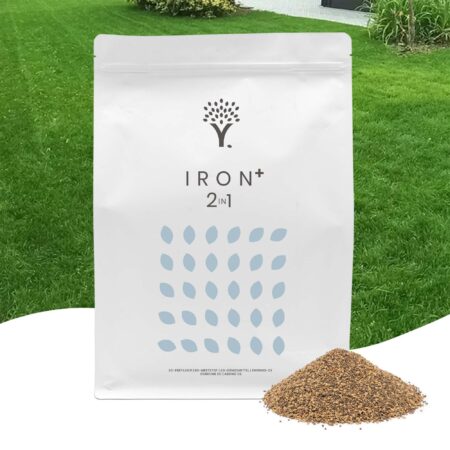
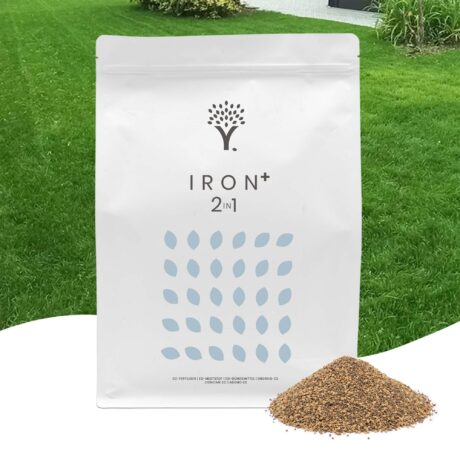
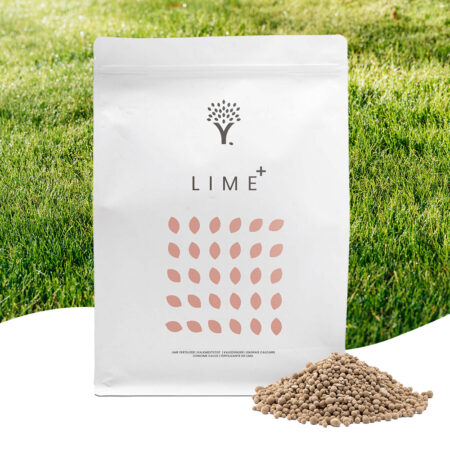
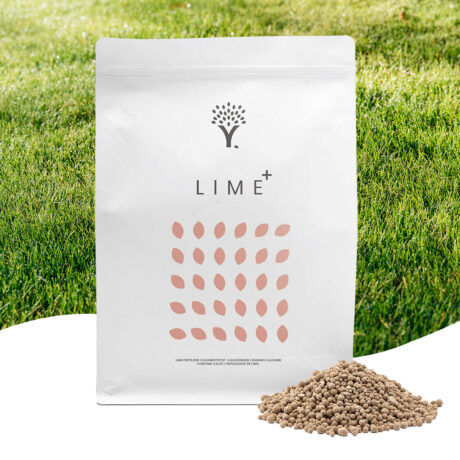



















Comments (0)
There are no comments yet. Well then, what are you waiting for to
Be the first to write your comment!inaugurate this pretty page?
Do you have some comments?